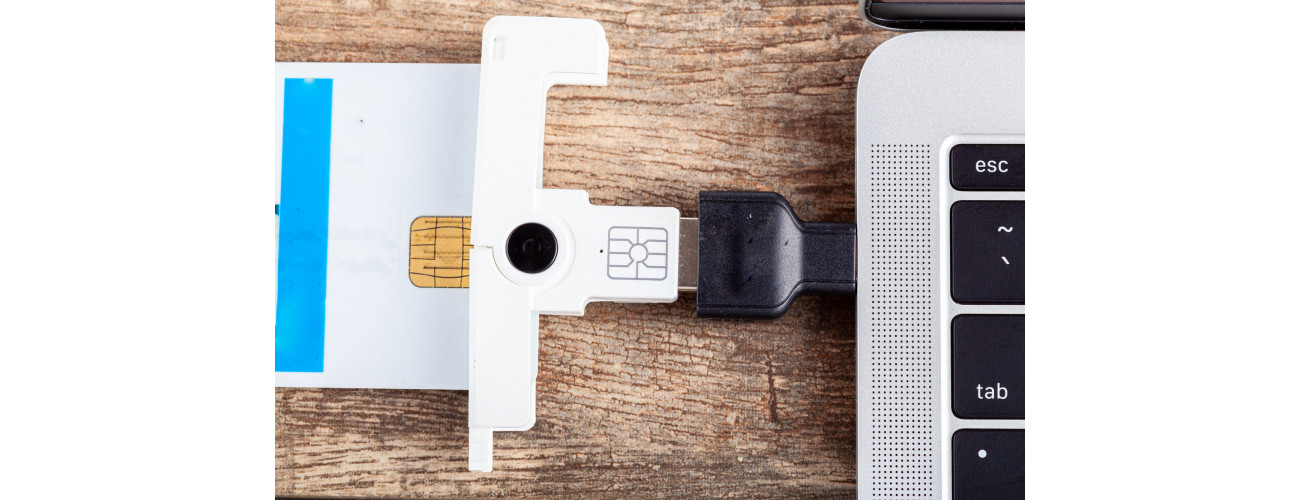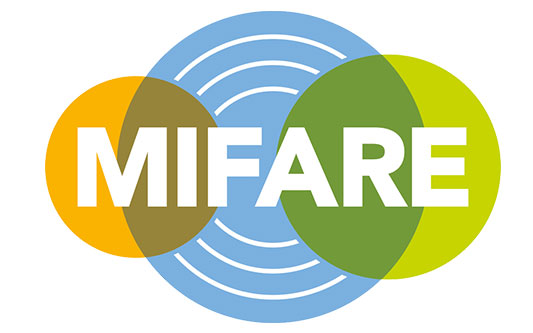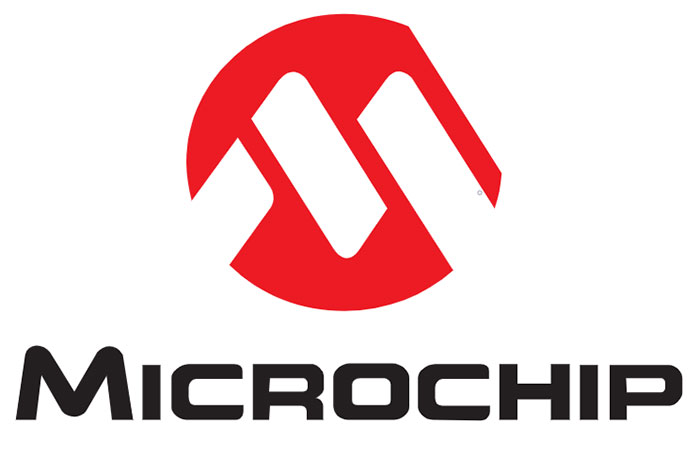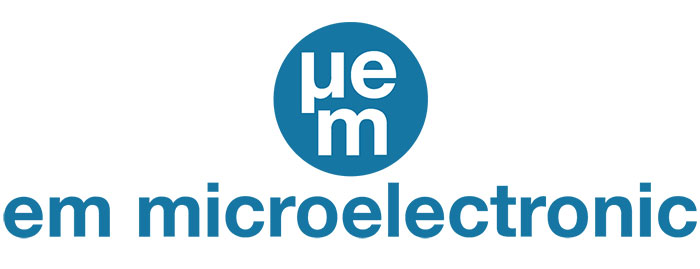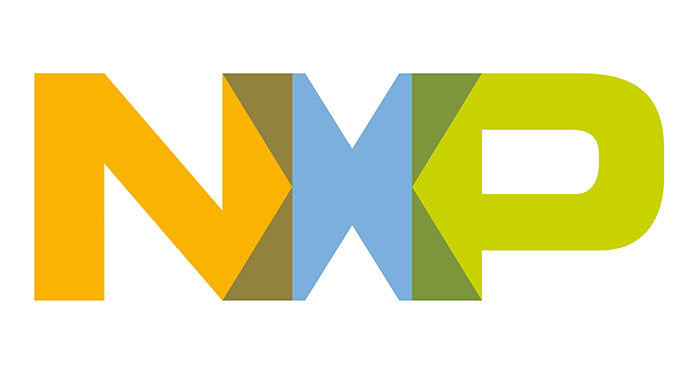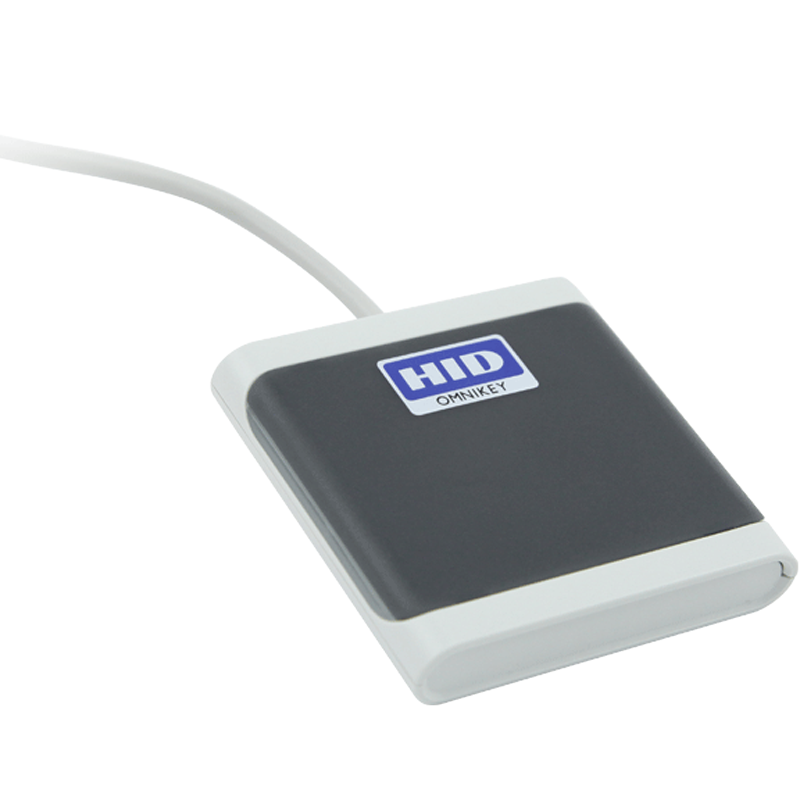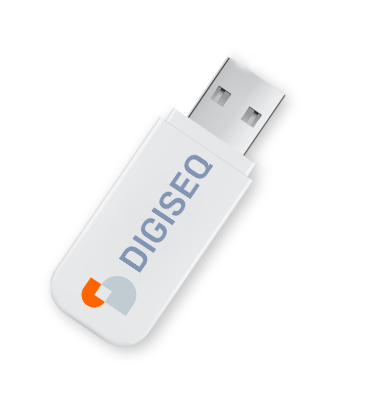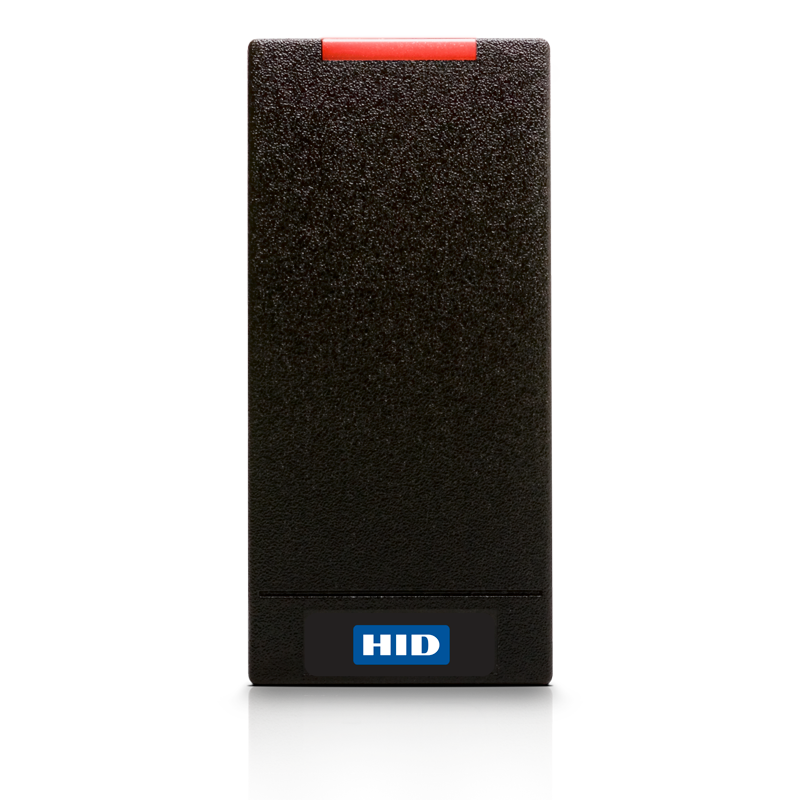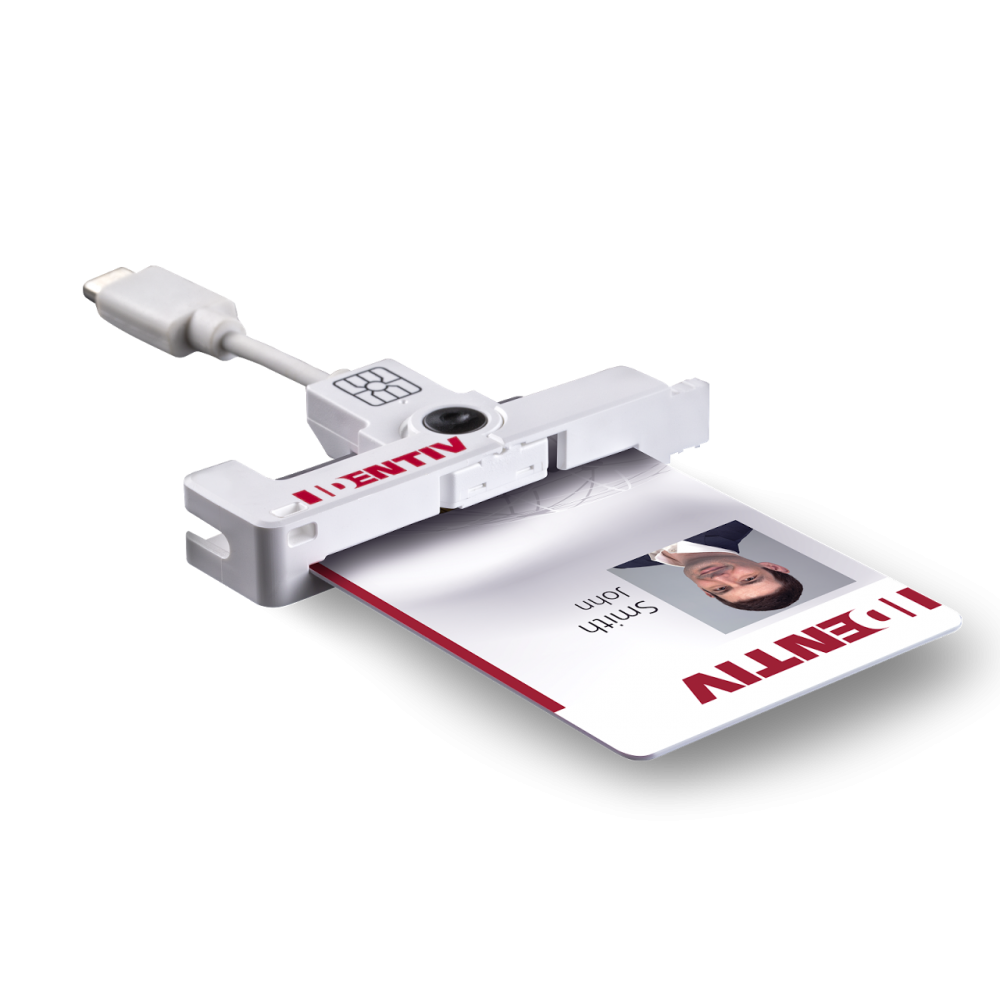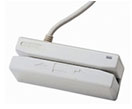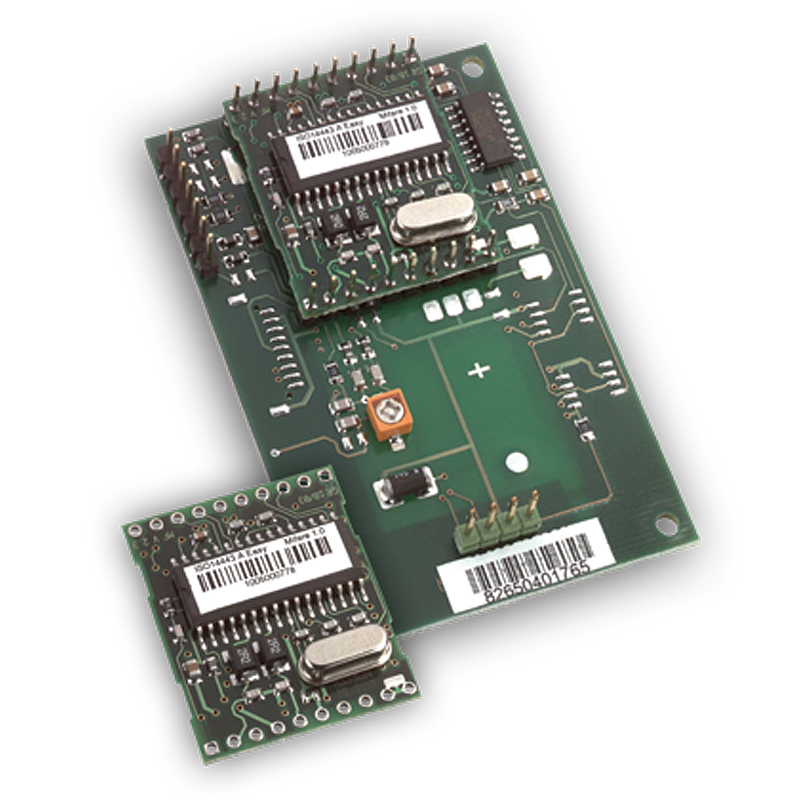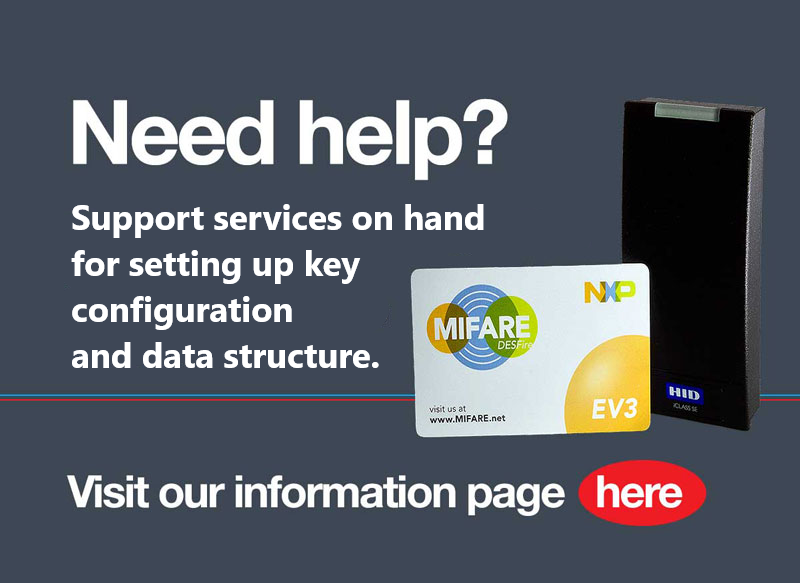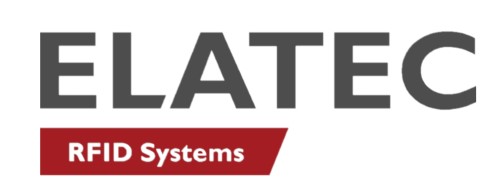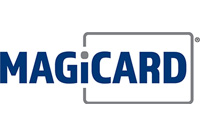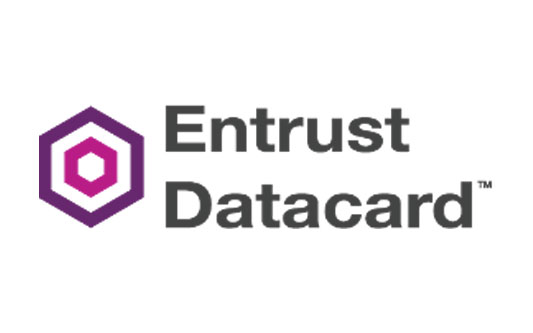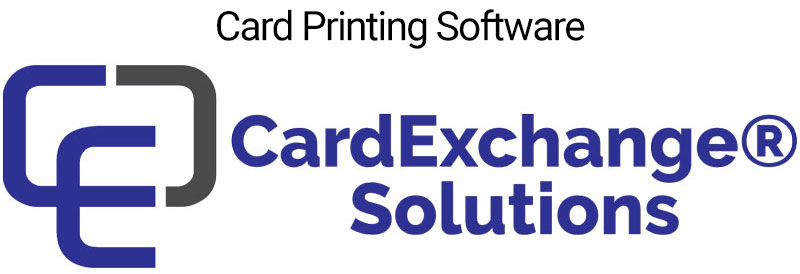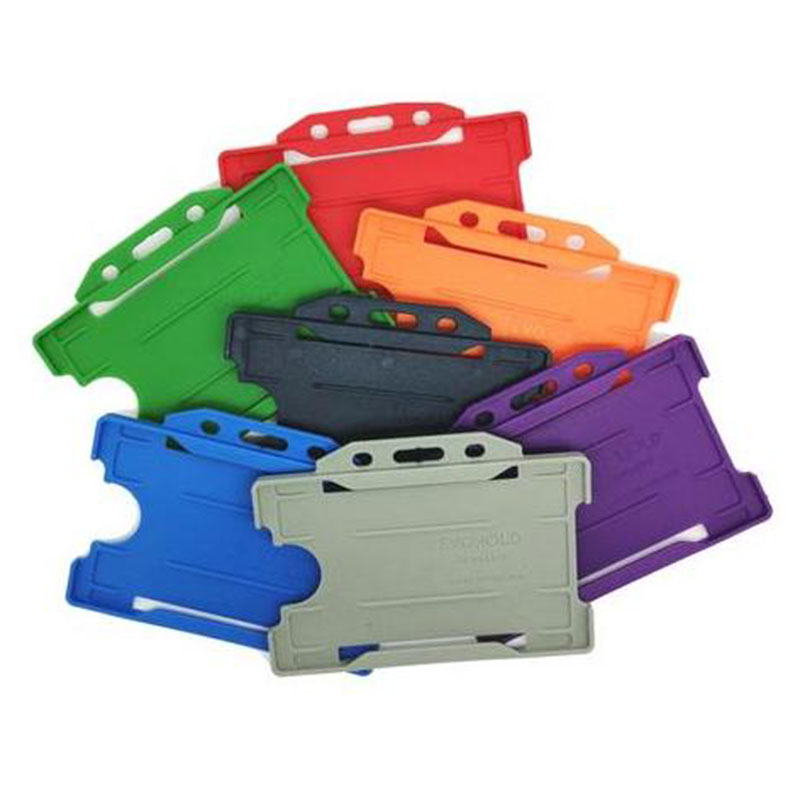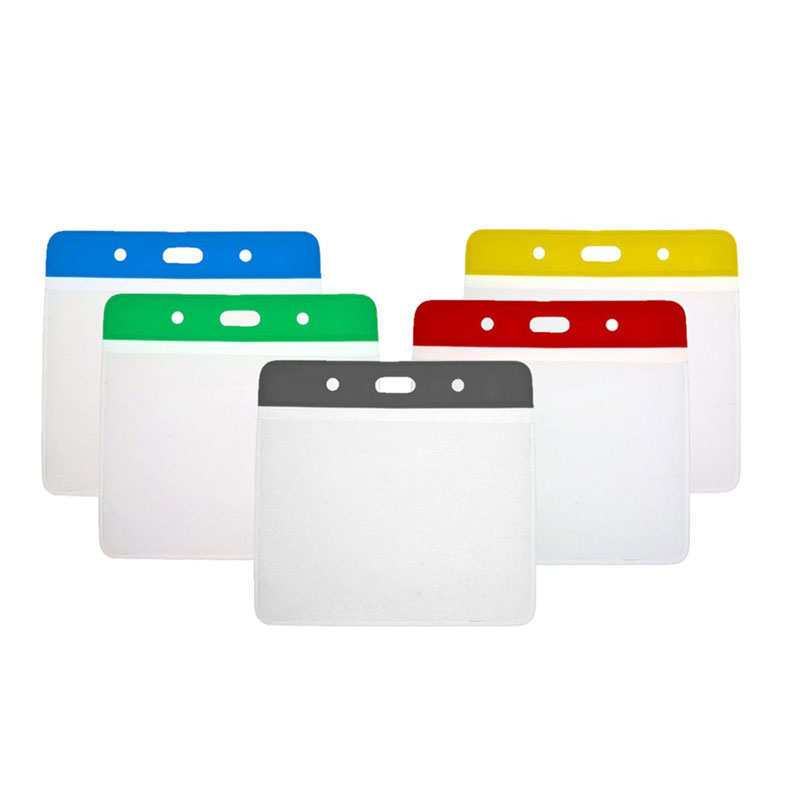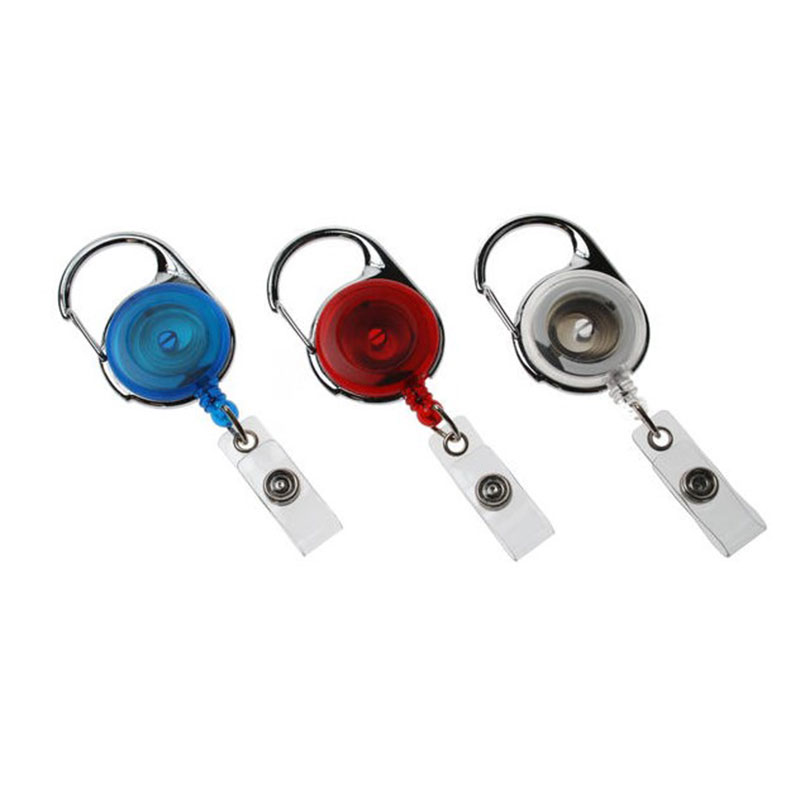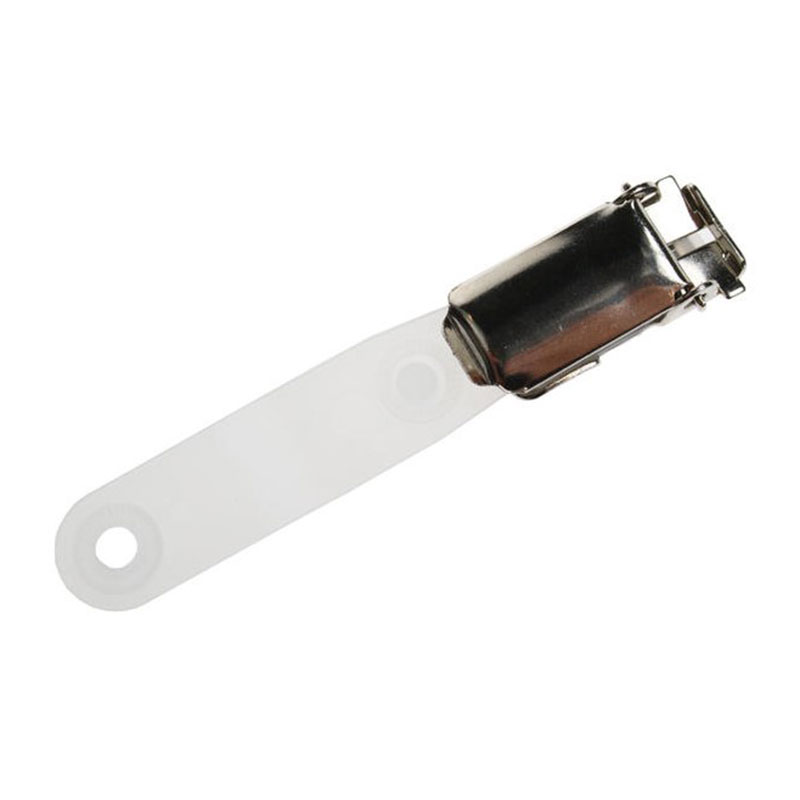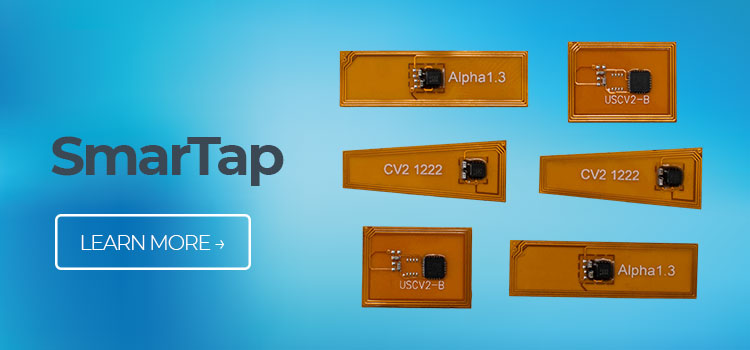A Guide to Smart Card Readers: What Are They, How Do They Work and What Are the Different Types Available?
Smart card readers are becoming an increasingly common part of our digital lives, offering enhanced security, convenience, and a range of functionalities in our day-to-day lives. In this article, we will explore what smart card readers are, how they work, their various applications, and the different types available in the market.
What Are Smart Card Readers?
Smart card readers are electronic devices used to read smart cards, which are plastic cards embedded with a chip and memory. Unlike magnetic stripe cards, which store information on a magnetic strip, smart cards have the ability to process and store a larger amount of data, enhancing security and functionality. Smart card readers serve as an interface between the smart card and a computer or other terminal, facilitating tasks such as identity verification, data storage, and secure transactions.
How Do They Work?
The technology found in smart card readers has been intelligently designed to provide extensive functionality, allowing for lots of innovation in terms of security and identification.Here’s how they work:
Reading and Writing Data
When a smart card is inserted into or presented to a reader, it establishes a two-way communication channel with the device it is connected to. Smart card readers typically interface with a computer or terminal through USB, Bluetooth, or serial port connections. The chip contained within the smart card can store encrypted data, and in certain card types (such as microprocessor cards), can also execute commands and process data. The reader acts as a relay between the smart card and the connected device, transmitting encrypted data and commands back and forth.
Security Protocols
Smart card readers often employ advanced security protocols to ensure data integrity and confidentiality. This makes smart card systems highly secure against fraud and unauthorised access.
Where Are They Used?
Due to the versatile technology found in smart card readers, they have become useful across a wide range of applications and industries. Below are a few of the most popular ways they are used:
Banking and Finance
In the banking sector, smart card readers are widely used for authentication during online banking transactions. They are also used at ATMs and Point-of-Sale (POS) terminals to read debit and credit cards.
Access Control
Many organisations use smart card readers to control access to secured areas. Employees are issued smart cards that they swipe or tap against a reader to gain entry.
Public Transport
Smart cards have become the go-to method for ticketing in many public transport systems around the world. Passengers simply tap their cards against a reader to pay for their fare.
Government and Identification
National ID cards, driving licences, and even passports increasingly come equipped with smart chips. These are read by specialised smart card readers for identification and verification purposes.
Healthcare
In healthcare settings, smart cards store patients’ medical history and other critical information. Doctors and other healthcare professionals use smart card readers to access this information securely.
The Benefits of Smart Card Readers
Smart card readers offer a multitude of benefits that make them an integral part of various sectors. Below are some of the key advantages:
Enhanced Security
One of the most compelling benefits of using smart card readers is the heightened level of security they offer. Smart cards come with an embedded chip that can securely store data, providing robust security against unauthorised access and data breaches.
Multi-Functionality
Smart cards can store multiple types of data and execute various functions. A single card can serve as an ID, access key, and even a method of payment. This eliminates the need for carrying multiple cards, making it a more convenient option.
Portability and Convenience
Smart card readers come in various shapes and sizes, including compact, portable versions. This makes it convenient for users to conduct secure transactions or verify their identity on the go.
Interoperability
The standards for smart cards and smart card readers are often globally recognised, which means cards can often be used with various types of readers and across different systems. This is particularly beneficial in sectors like public transport and international travel.
Customisation
Smart card systems can be tailored to meet the specific needs of an organisation. Additional security features like biometrics can be integrated, and data fields can be customised based on what information needs to be stored or processed.
What Are the Different Types of Smart Card Readers?
Smart card readers are available in a few different types, allowing for enhanced functionality and usability. Here are some of the main types of smart card readers available today:
Contact Smart Card Readers
A
contact smart card reader requires the smart card to be physically inserted into a slot. The reader’s pins make contact with the chip on the card, establishing a connection for data transfer. They are commonly used in ATMs and other high-security applications.
Contactless Smart Card Readers
With
contactless smart card reader systems, the smart card only needs to be held near the reader. The communication is established through Radio Frequency Identification (RFID) technology. These are commonly used in public transport systems and for access control.
Dual Interface Smart Card Readers
These readers are capable of reading both contact and contactless smart cards. They are versatile by design and find applications in various sectors where dual interface smart cards are in use such as healthcare.
Built-in Smart Card Readers
These are integrated into laptops or other devices, allowing for convenient reading of smart cards without needing an external device. They are commonly used in corporate and government laptops for secure authentication.
Biometric Smart Card Readers
These readers incorporate biometric sensors, such as fingerprint or iris scanners, for an added layer of security. They are increasingly being used in high-security applications like border control.
Enjoy Enhanced Security and Functionality Using the Latest Smart Card Readers
Smart card readers play a crucial role in modern digital infrastructure, offering a blend of security and functionality. Whether it’s secure banking transactions, efficient public transportation, or confidential healthcare data, the applications are endless and continue to evolve. Different types of readers cater to the varied needs of these sectors, making them a versatile and indispensable technology.
